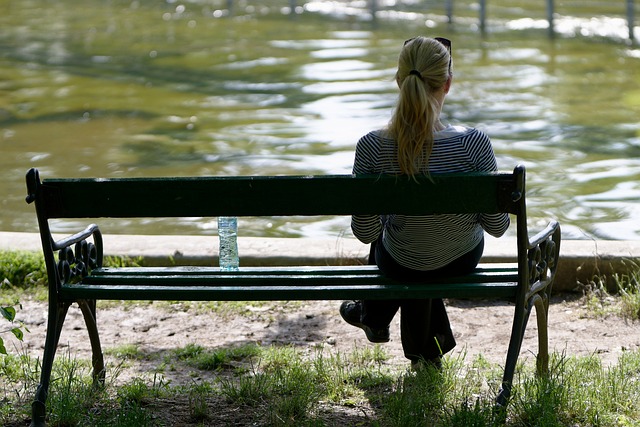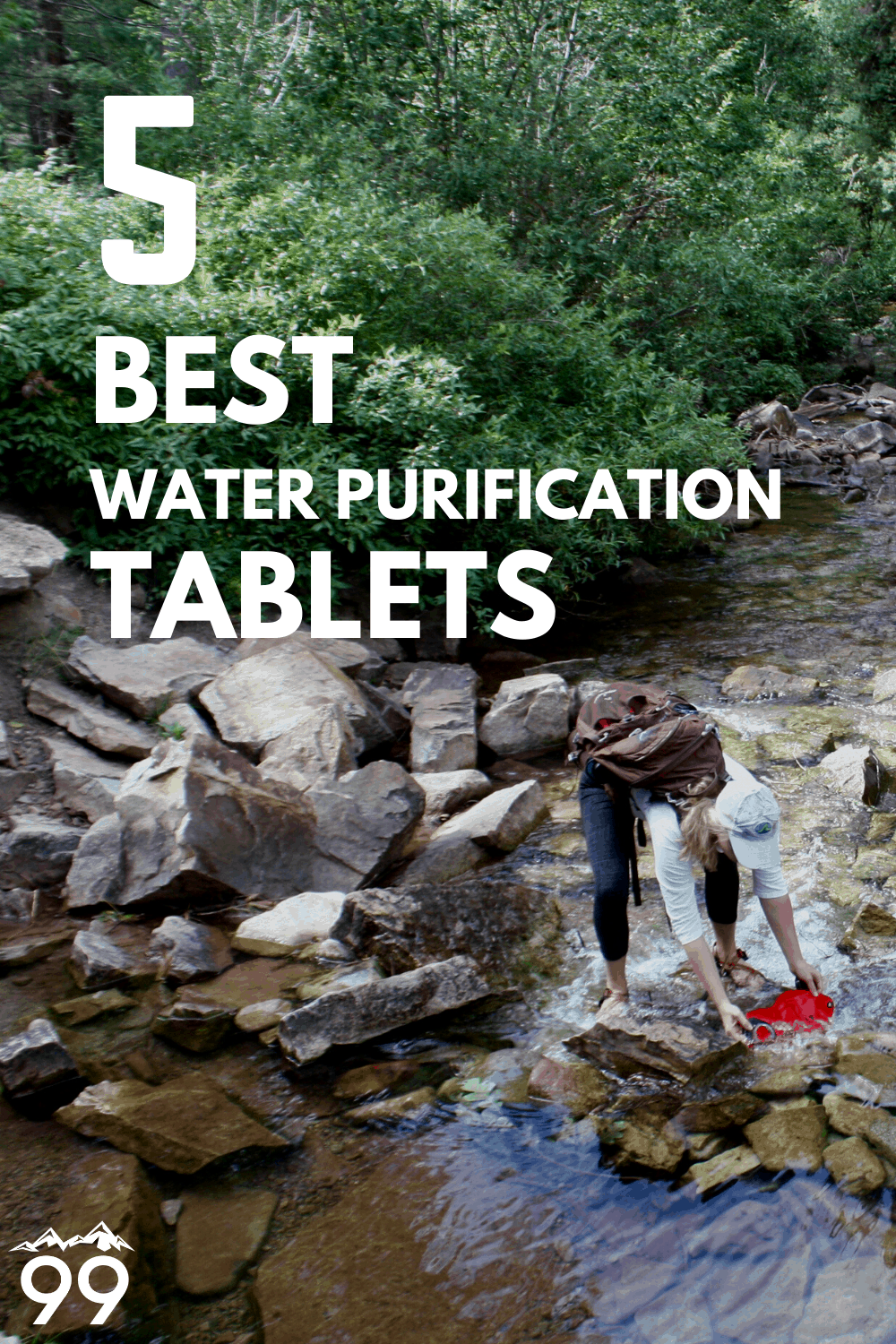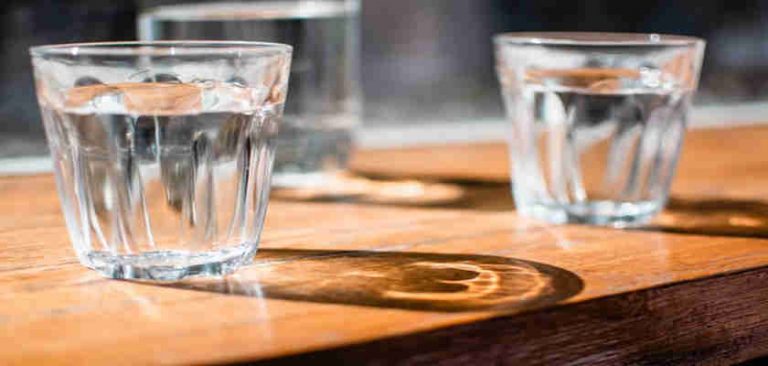Water Purification: Ensuring a Safe and Healthy Future
Water is essential to life and is a necessary resource for all living things. Without access to clean, safe water, our health and well-being suffer. Unfortunately, water sources can become contaminated with pollutants, making them unsafe to drink. Water purification is an important process that helps to ensure the safety and health of people around the world. In this article, we will explore methods for purifying water from various sources, as well as strategies for storing enough water to last through emergencies.
Types of Water Purification
Purifying water is a process of removing contaminants and making it safe for consumption. There are several different methods of water purification, each of which has its own advantages and disadvantages.
Boiling
One of the simplest and most effective methods of water purification is boiling. Boiling water for at least one minute kills off most bacteria and other harmful microorganisms. This method is especially effective in areas where there is no access to a filter or other purification device.
Chemical Treatment
Chemical treatment is another common method of water purification. This method involves adding chemicals like chlorine or iodine to the water to kill off any bacteria or other microorganisms. While chemical treatment is effective, it can also leave a bad taste in the water and can be toxic if not used properly.
Filtration
Filtration is another popular method of water purification. This involves passing the water through a filter to remove any particles or contaminants. Filters come in a variety of sizes and types, and can be used to remove a wide range of contaminants.
Ultraviolet Light
Ultraviolet (UV) light is another method of water purification. This involves passing the water through a UV light, which kills off any bacteria or other microorganisms. UV light is a powerful form of purification, but it is also expensive and requires a power source.
Storing Water for Emergencies
In addition to purifying water, it is also important to store enough water to last through emergencies. This is especially important in areas where access to clean water is limited or unreliable. Storing water for emergencies can be done in a variety of ways, including purchasing bottled water, storing water in containers, and using a rainwater collection system.
Bottled Water
Purchasing bottled water is an easy and convenient way to store water for emergencies. Bottled water is available in a variety of sizes and can be stored for long periods of time. However, it is important to check the expiration date on the bottle before consuming, as the water may become contaminated over time.
Containers
Storing water in containers is another way to store water for emergencies. This can be done by filling up containers with tap water and storing them in a cool, dark place. It is important to make sure the containers are clean and free from contaminants before storing the water.
Rainwater Collection System
A rainwater collection system is another way to store water for emergencies. This involves installing a system that collects rainwater and stores it in a tank or other container. This is an efficient way to store water, but it is important to make sure the system is properly installed and maintained.
Conclusion
Access to clean, safe water is essential to our health and well-being. Water purification is an important process that helps to ensure the safety and health of people around the world. There are several different methods of water purification, each of which has its own advantages and disadvantages. In addition to purifying water, it is also important to store enough water to last through emergencies. Storing water for emergencies can be done in a variety of ways, including purchasing bottled water, storing water in containers, and using a rainwater collection system. By taking the necessary steps to ensure a safe and healthy water supply, we can ensure a better future for ourselves and future generations.











